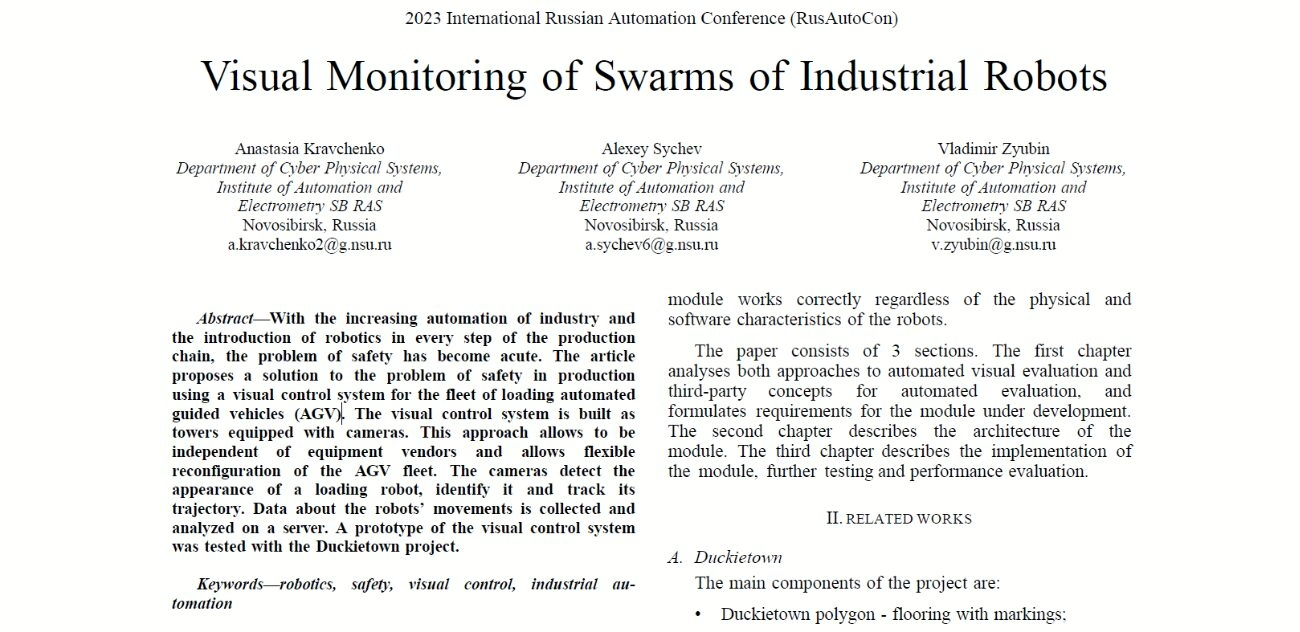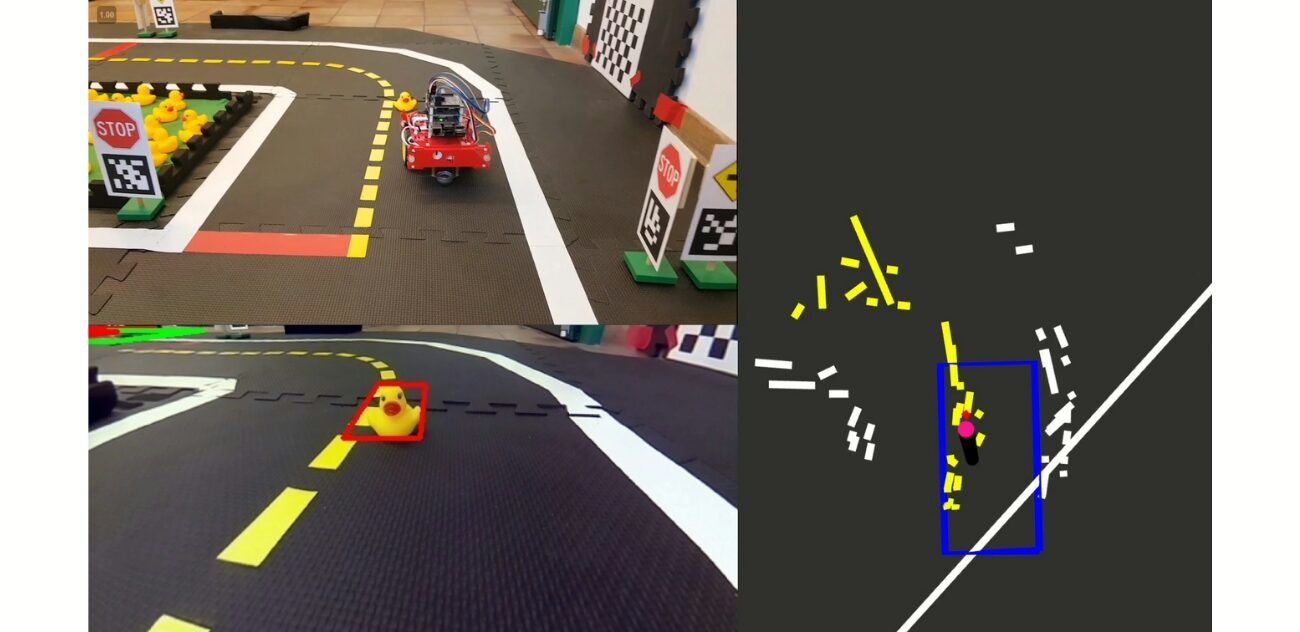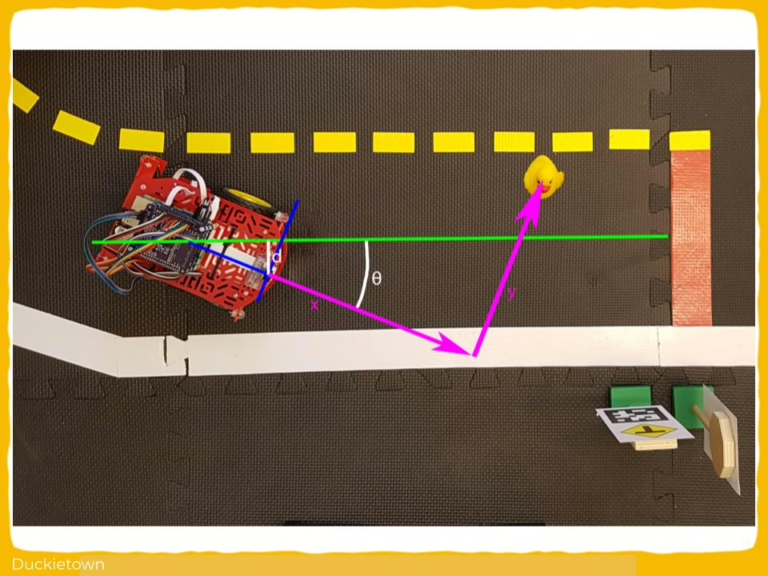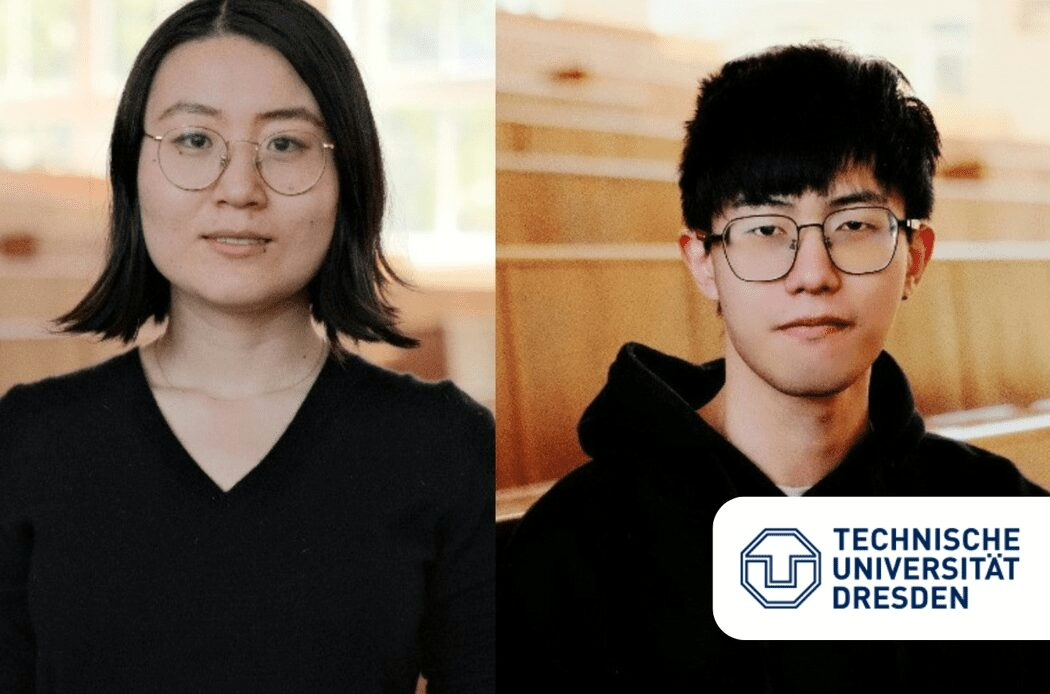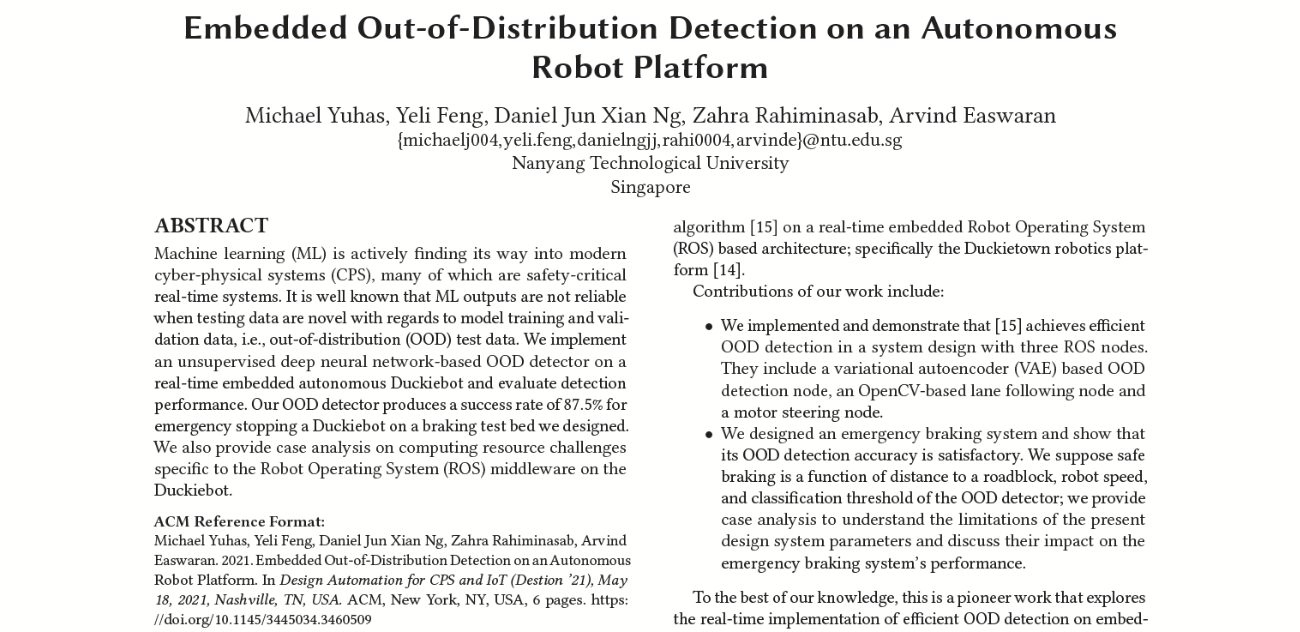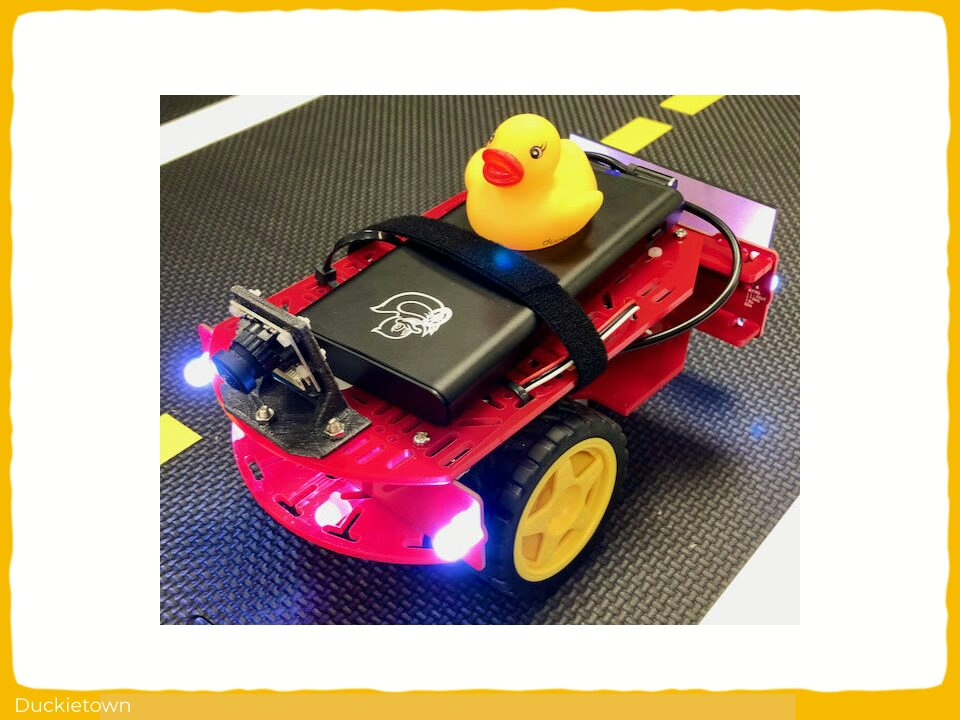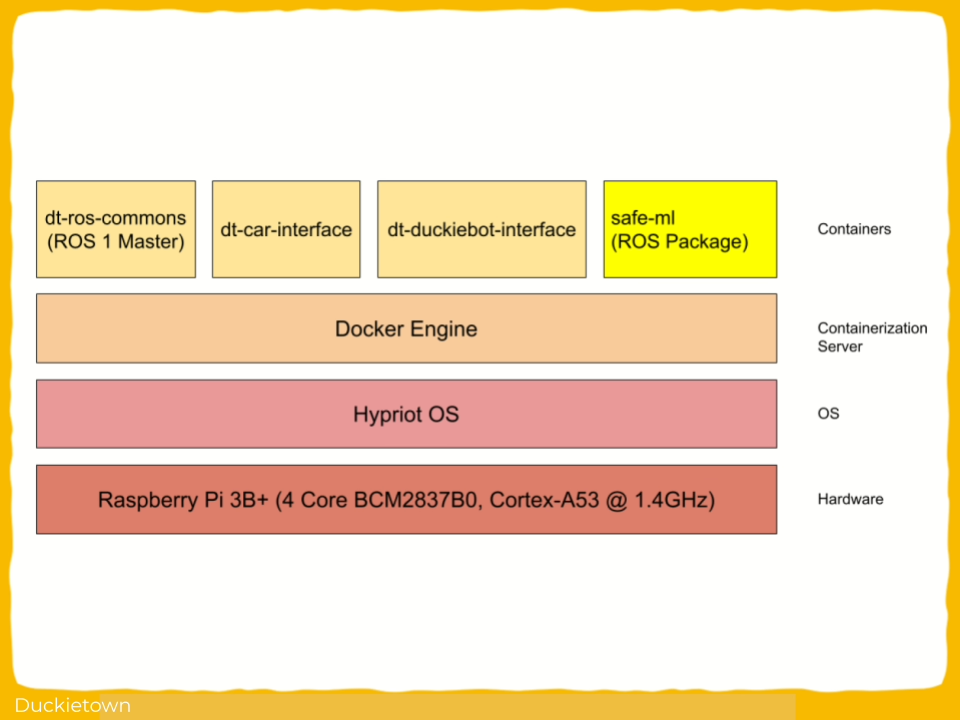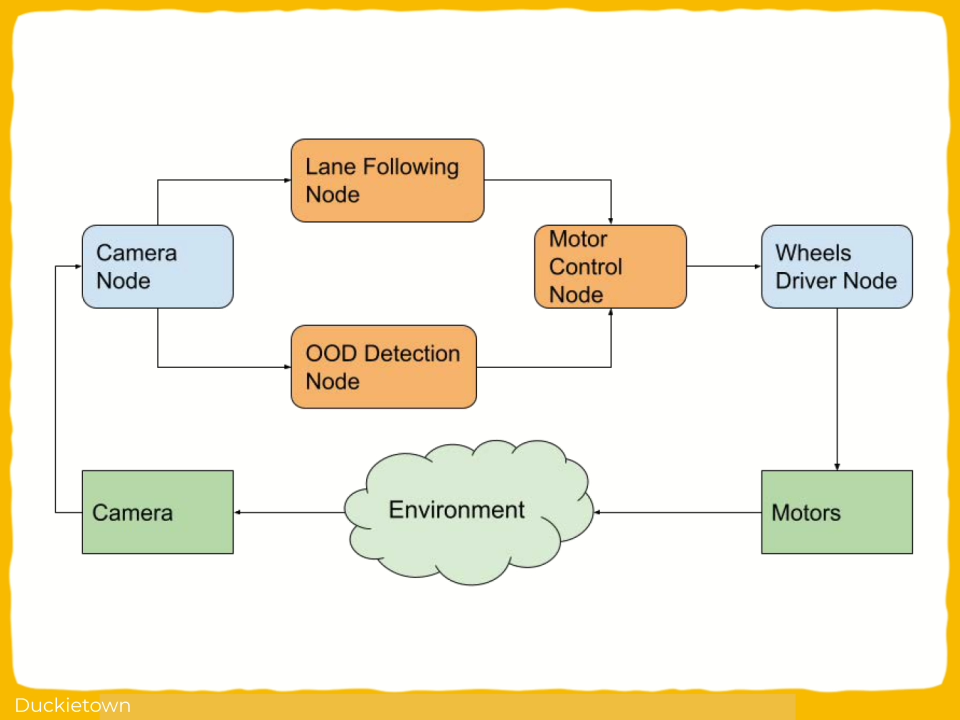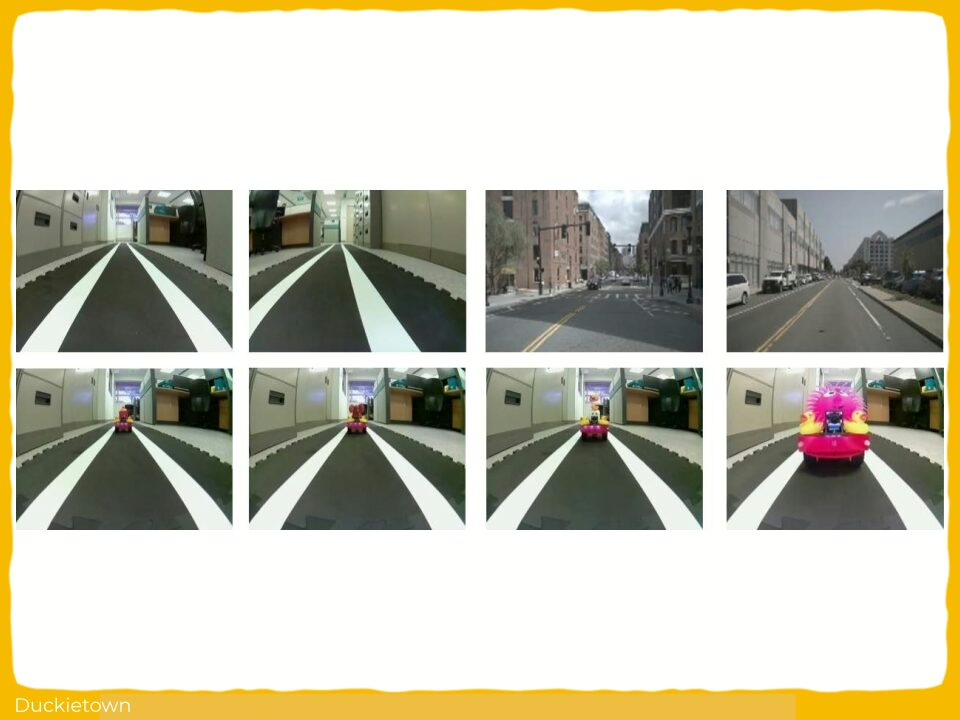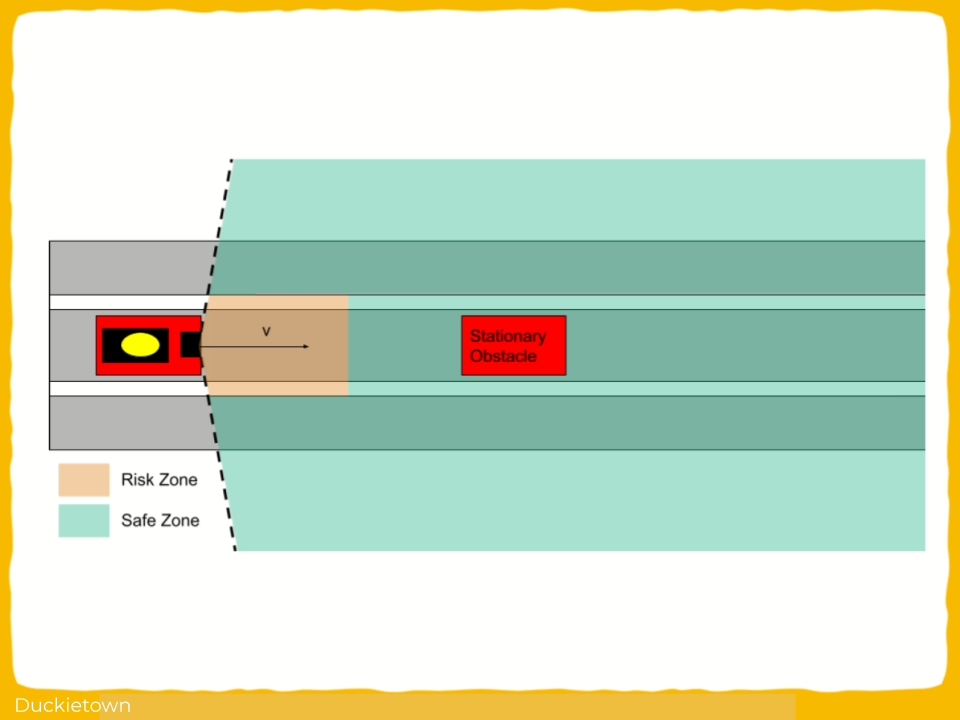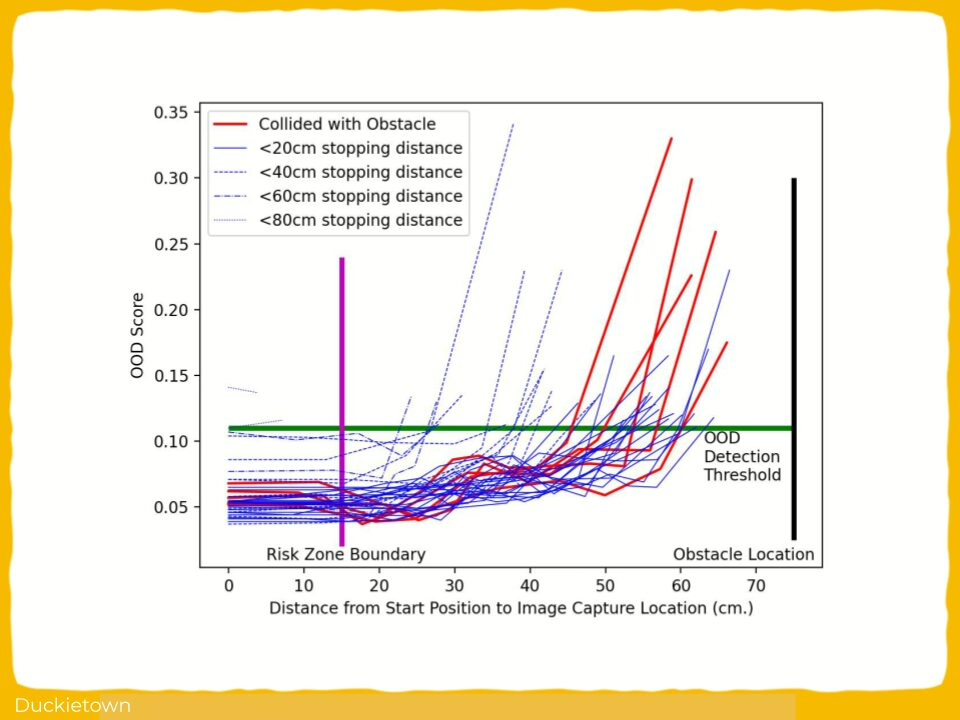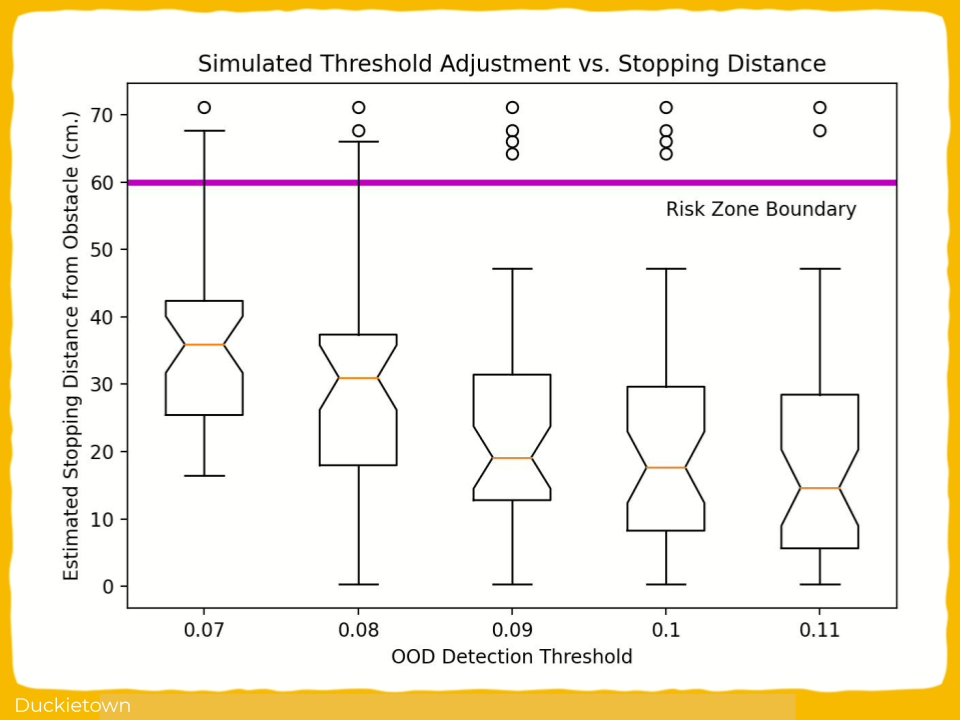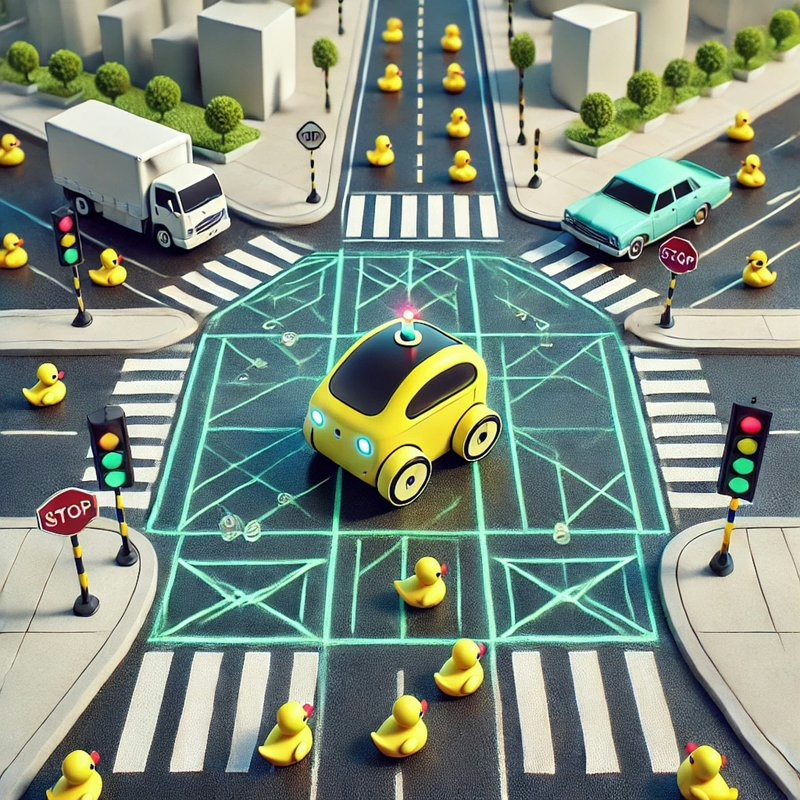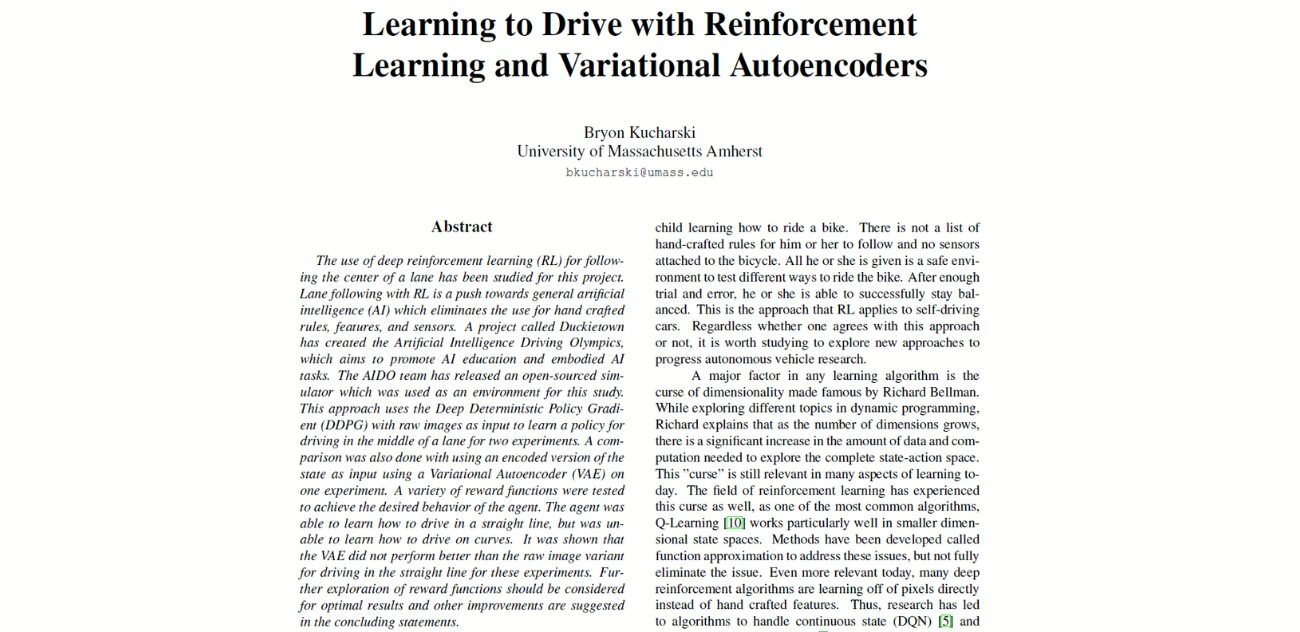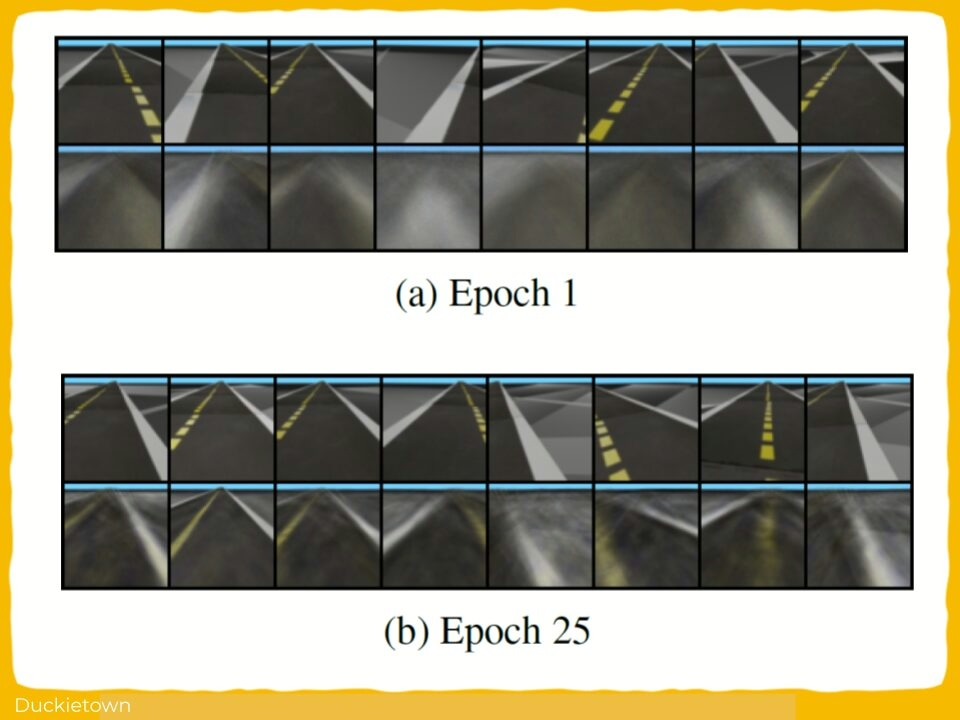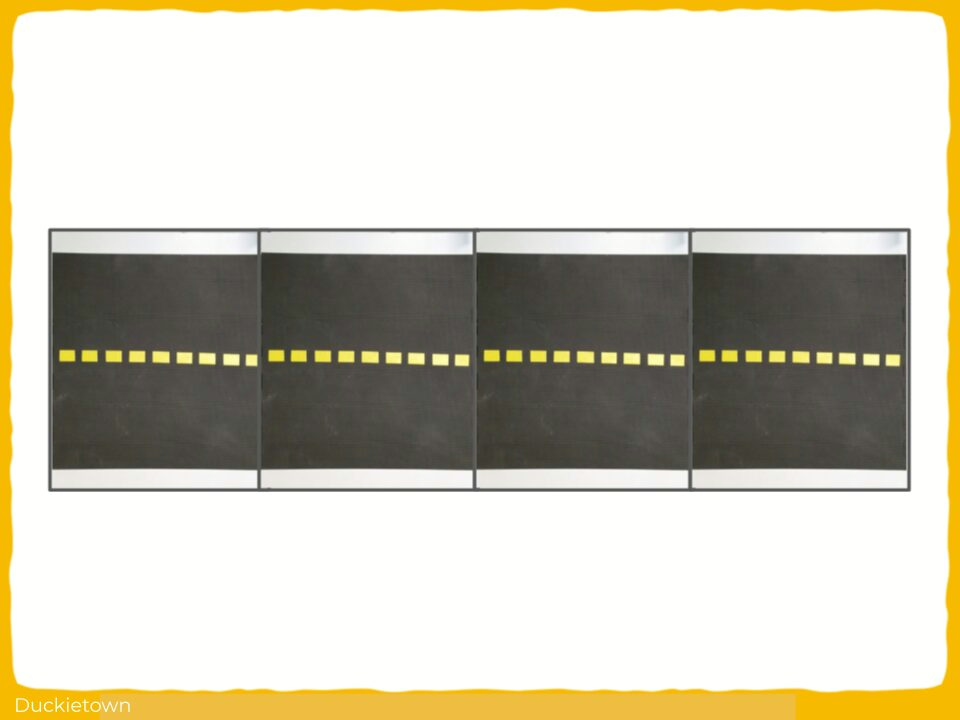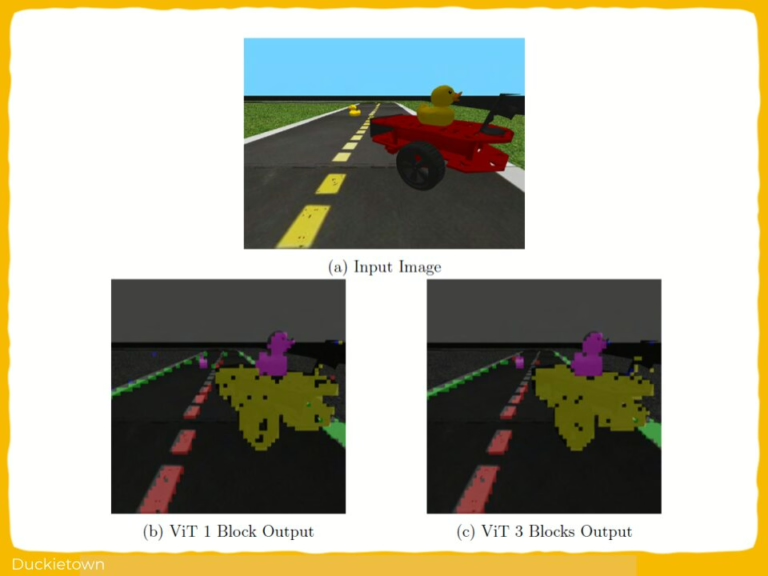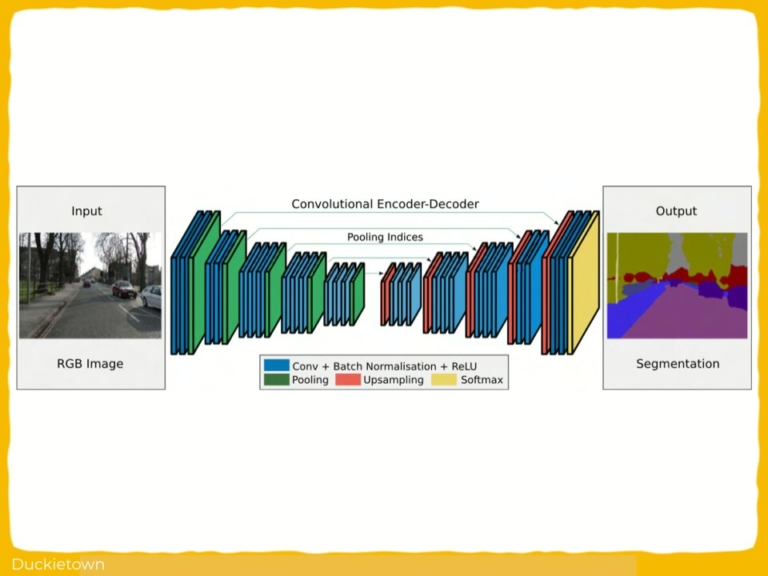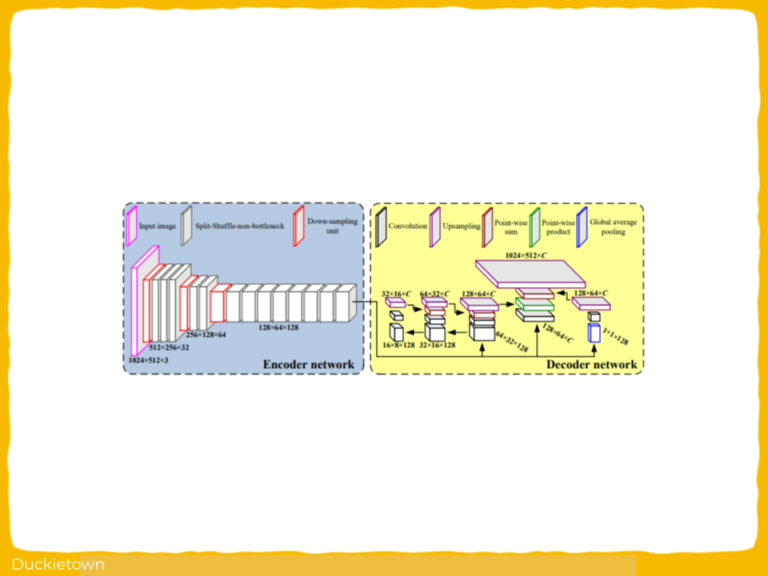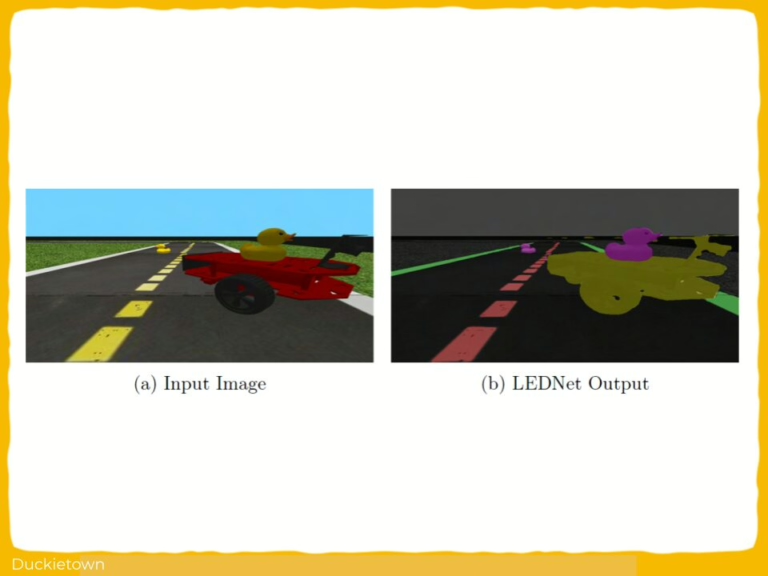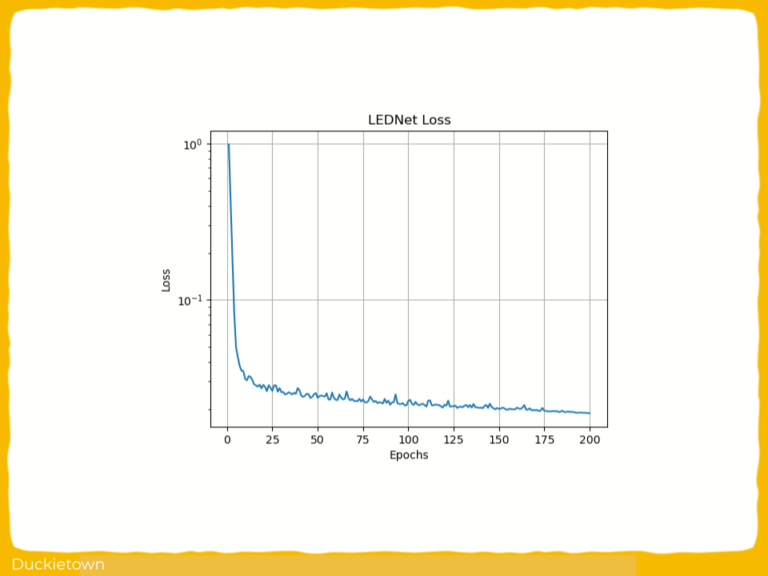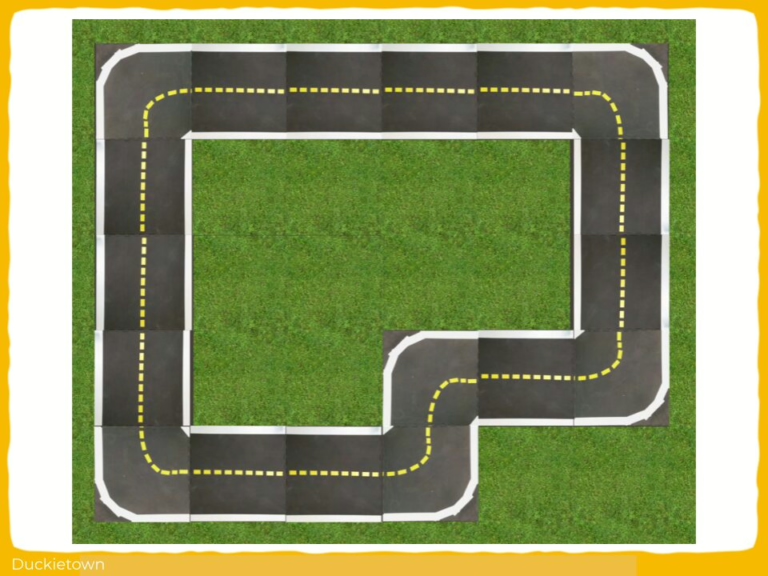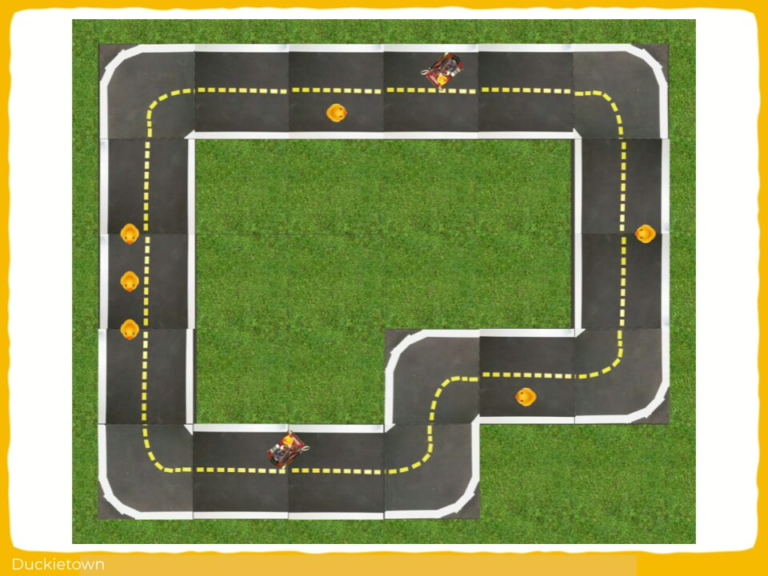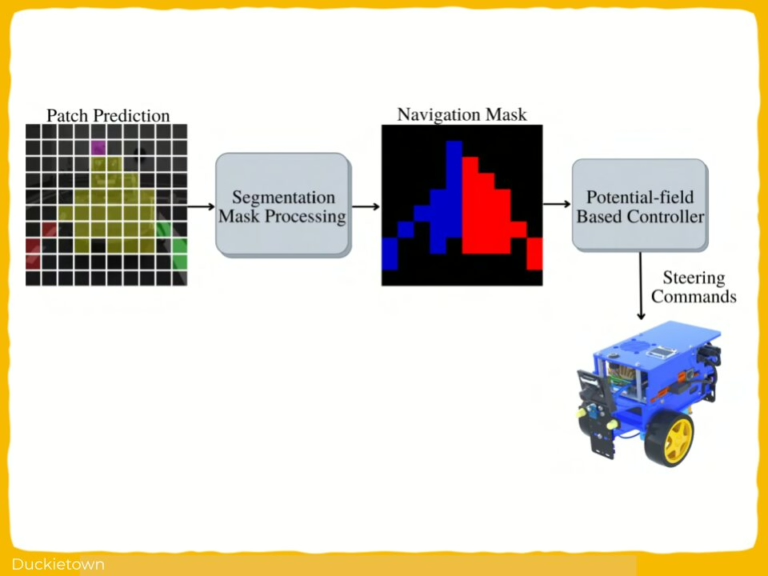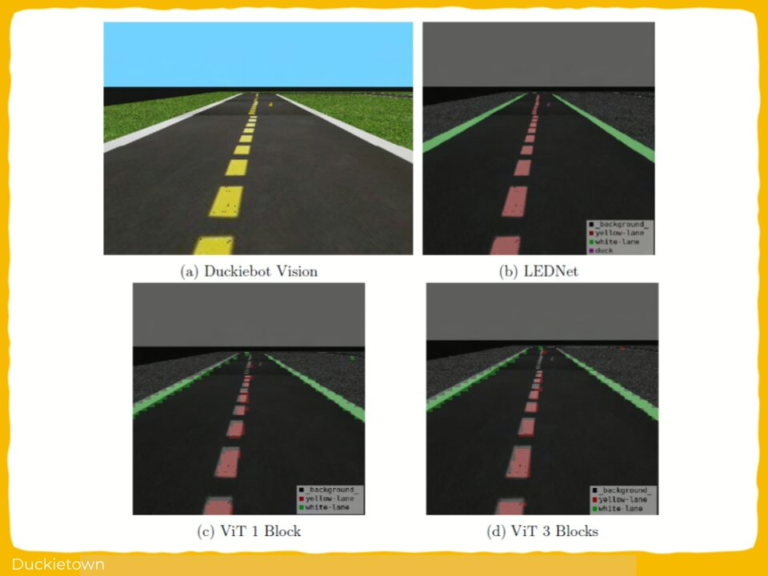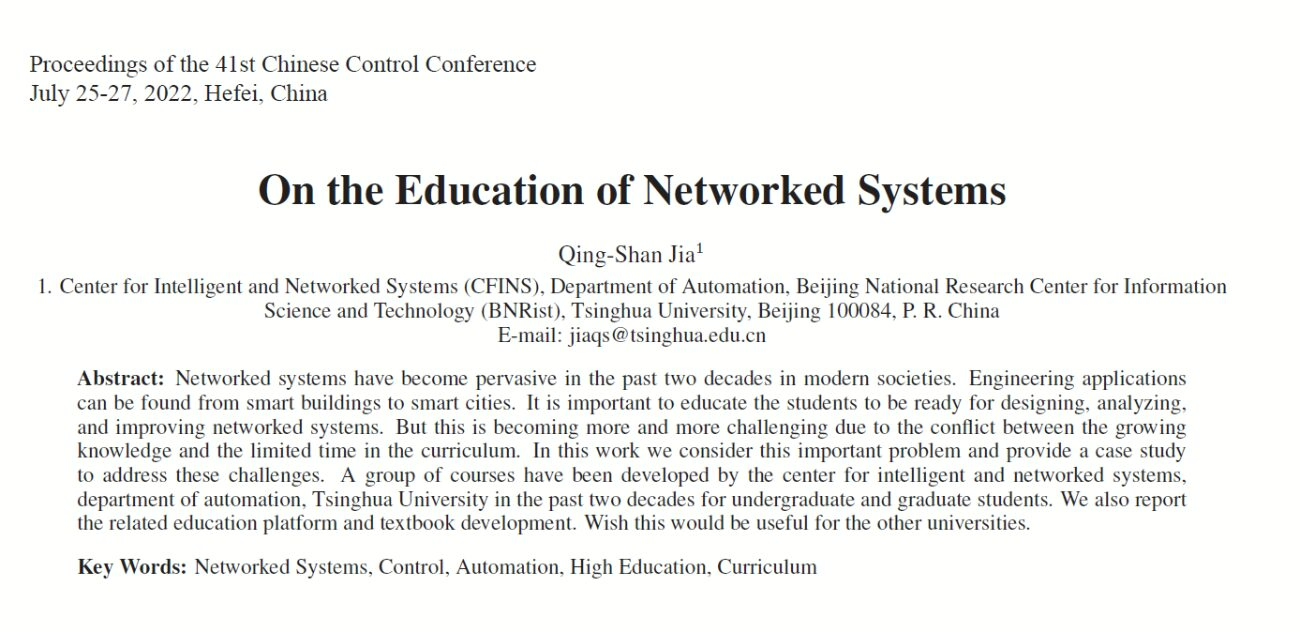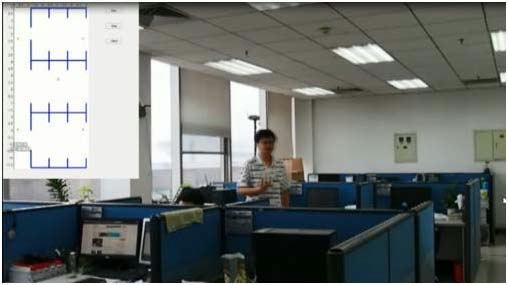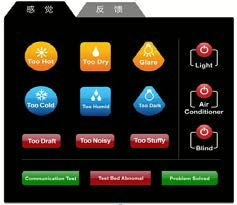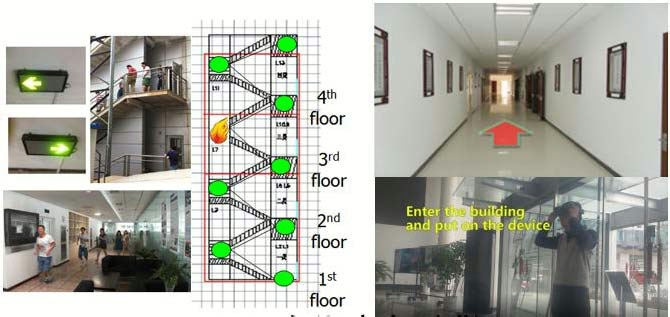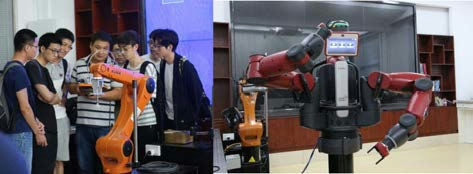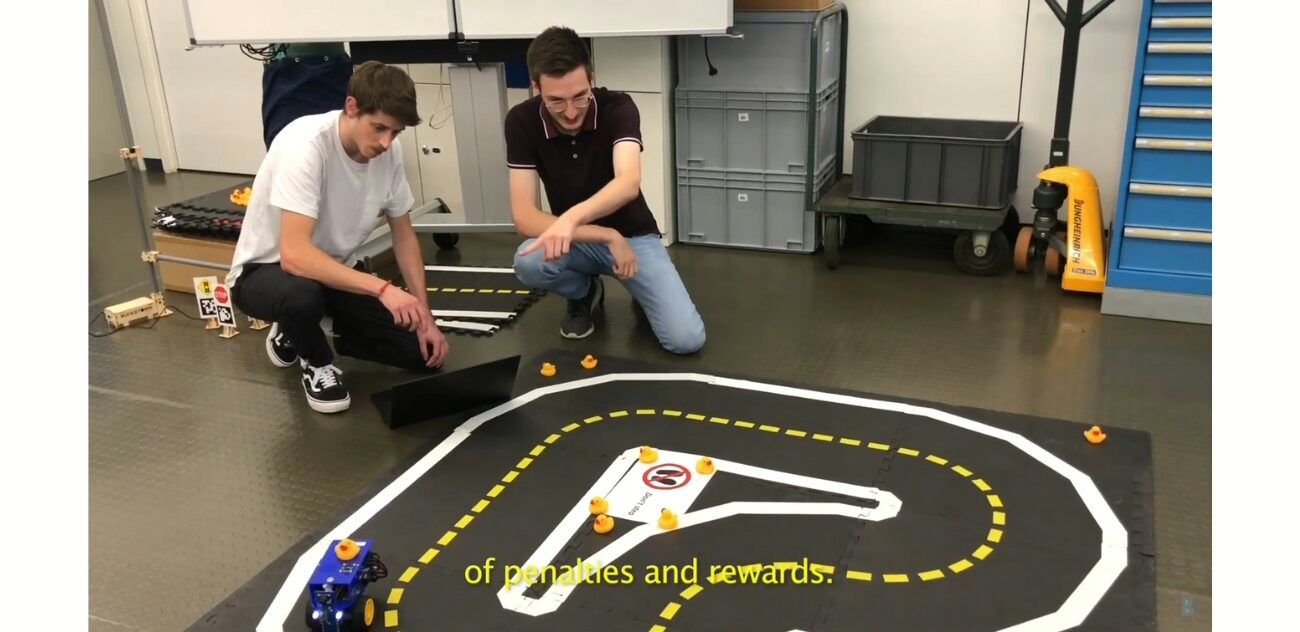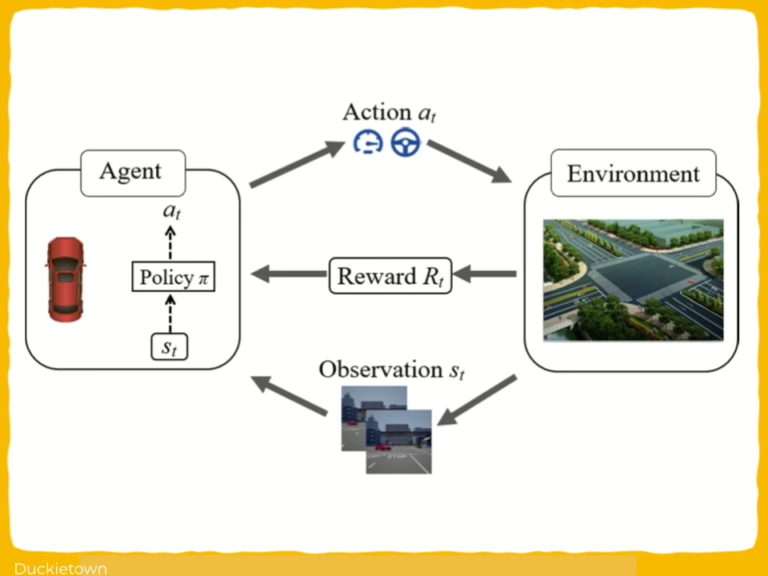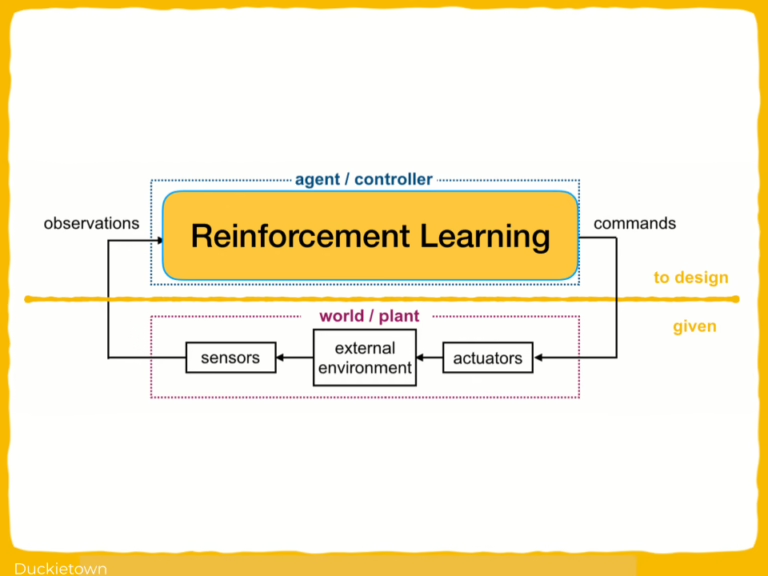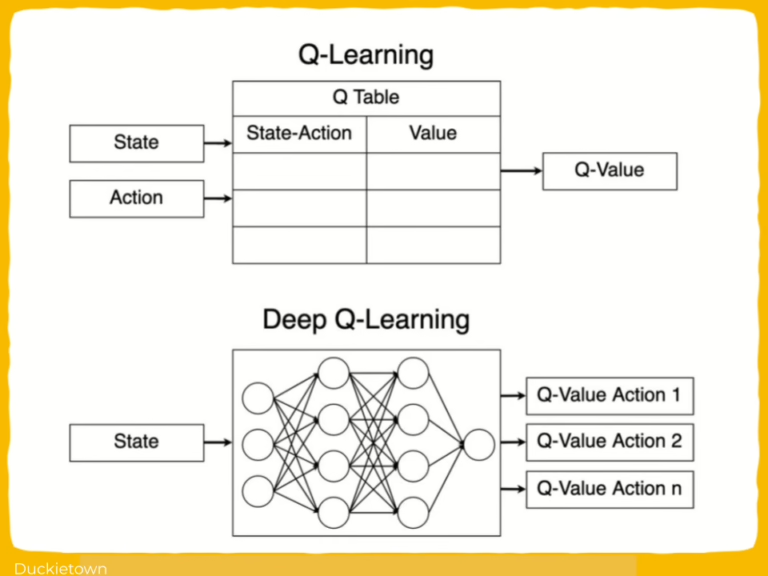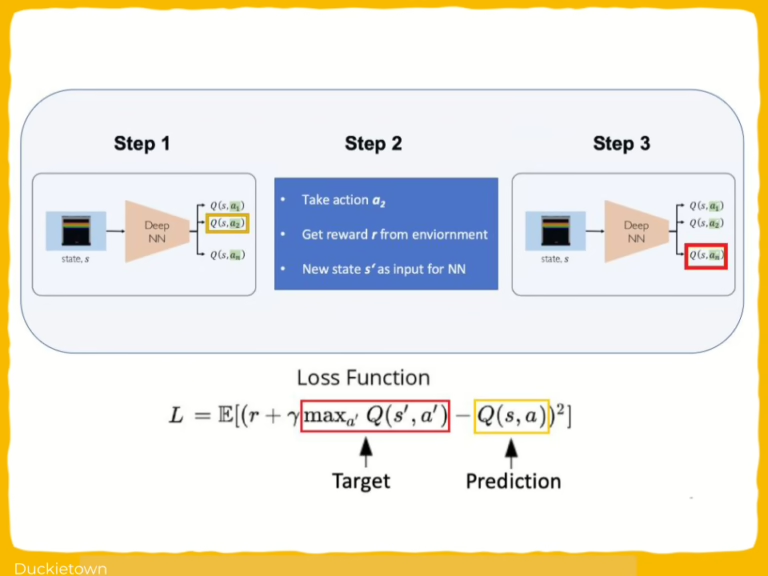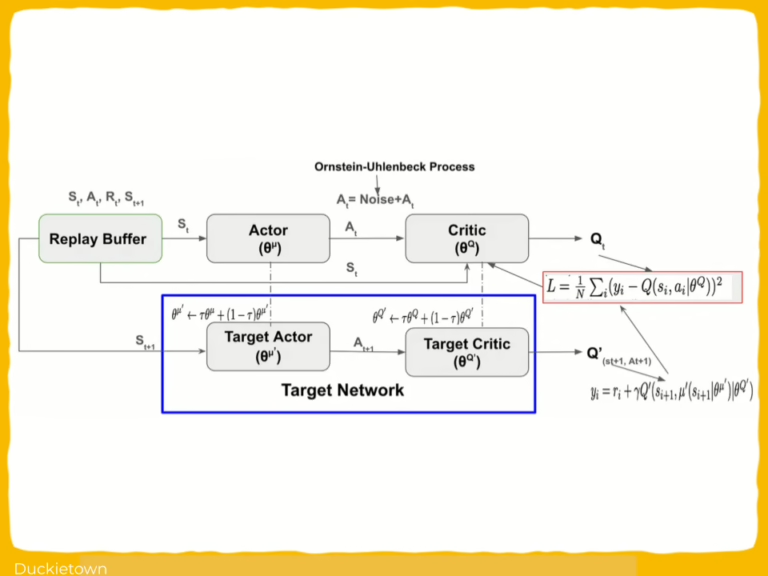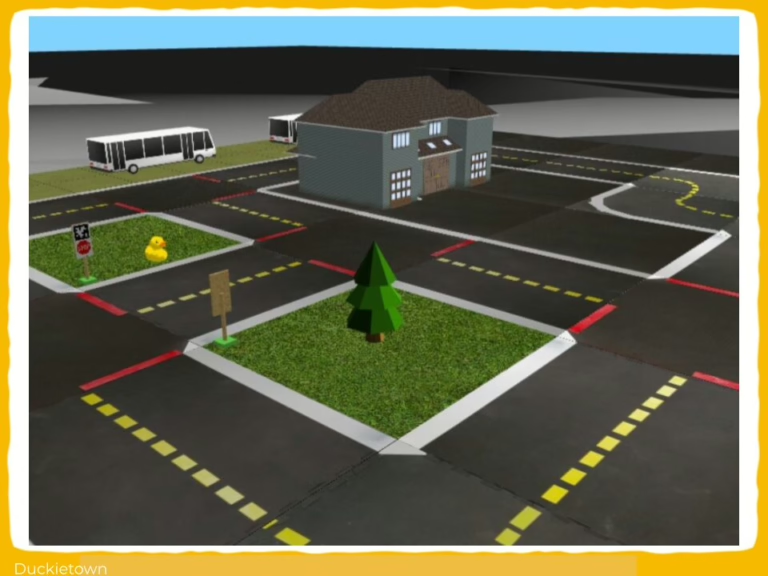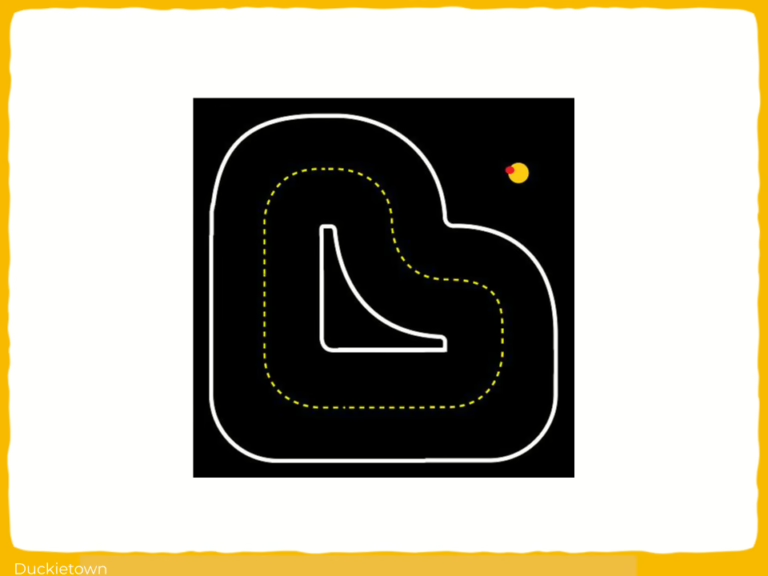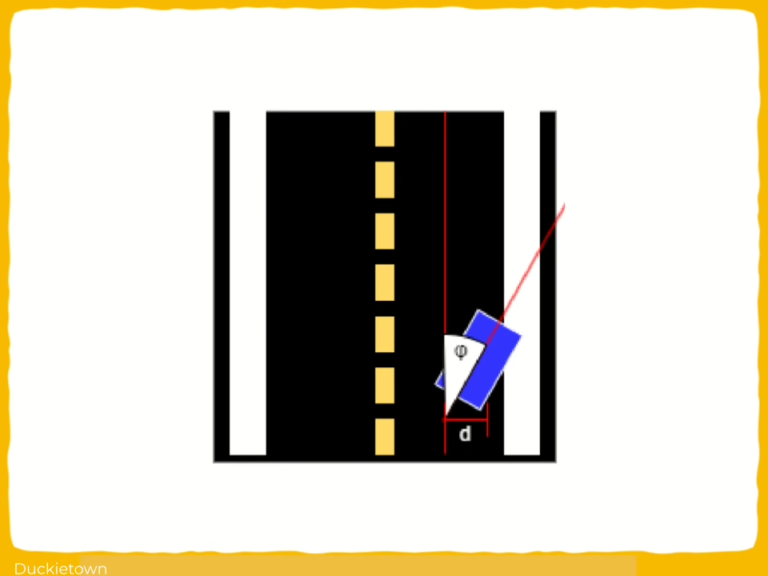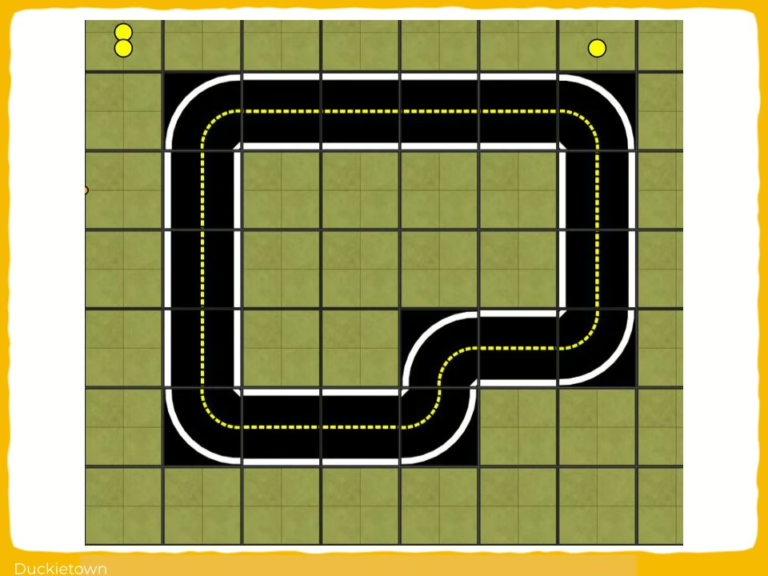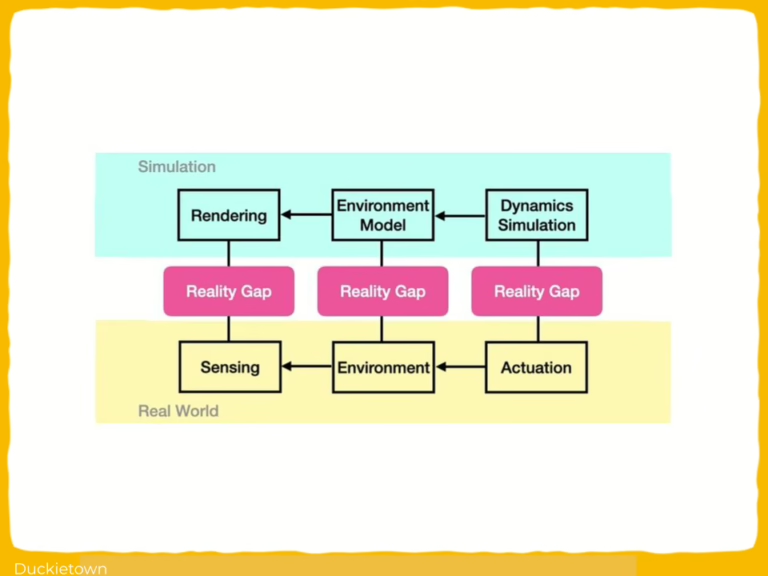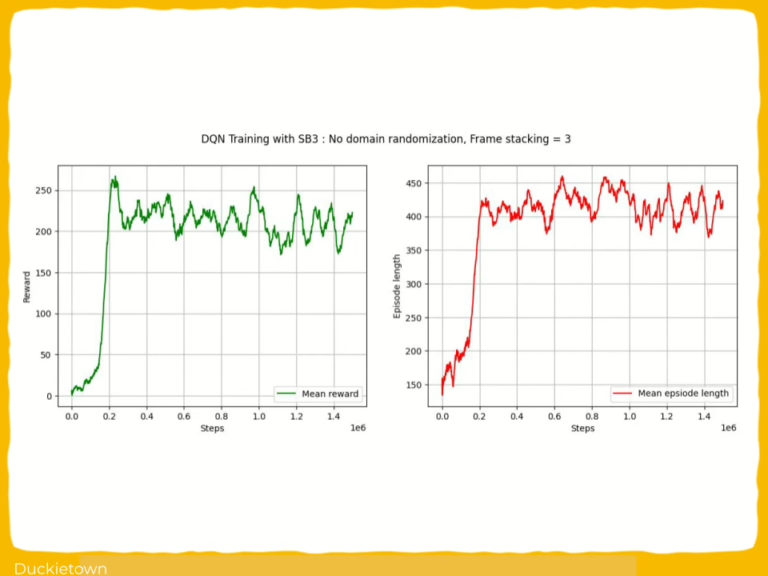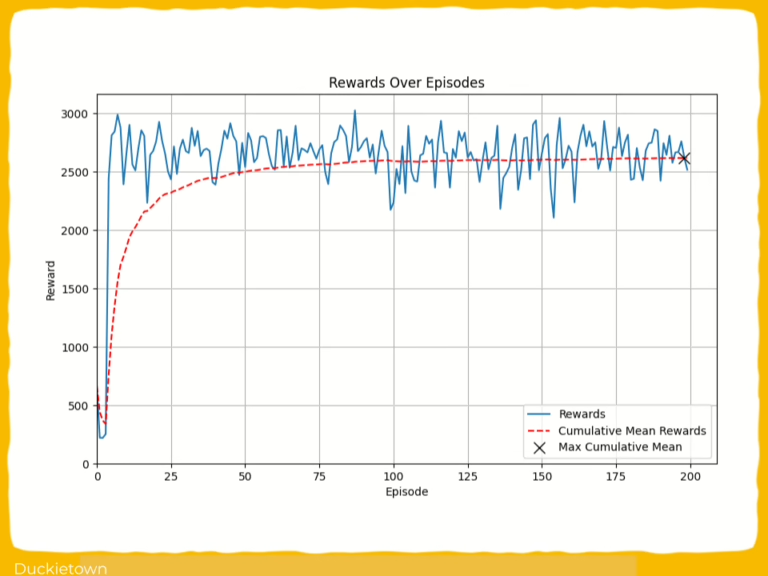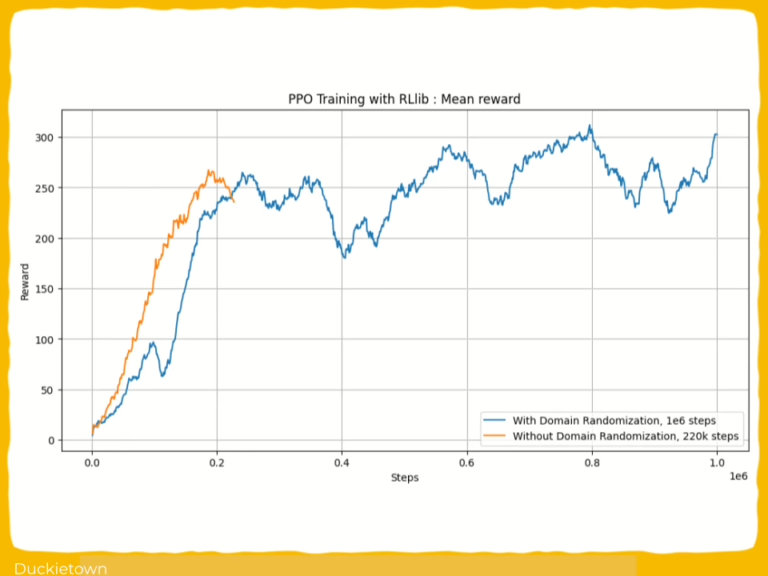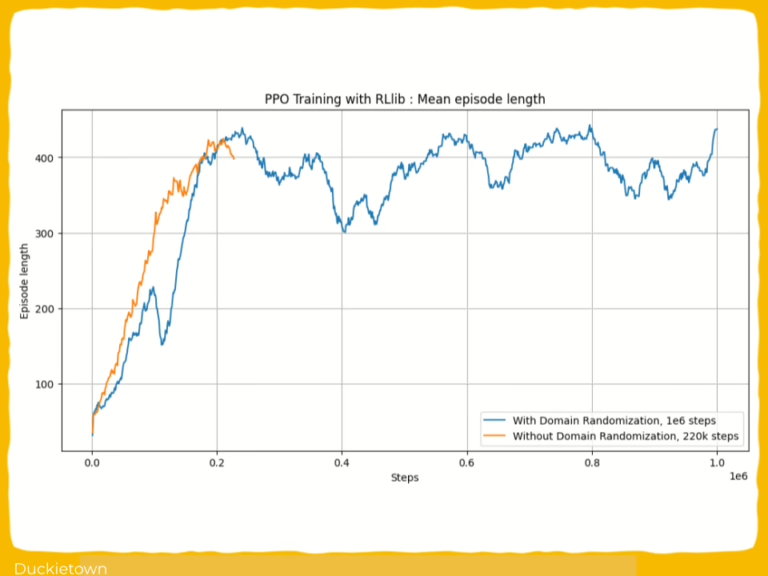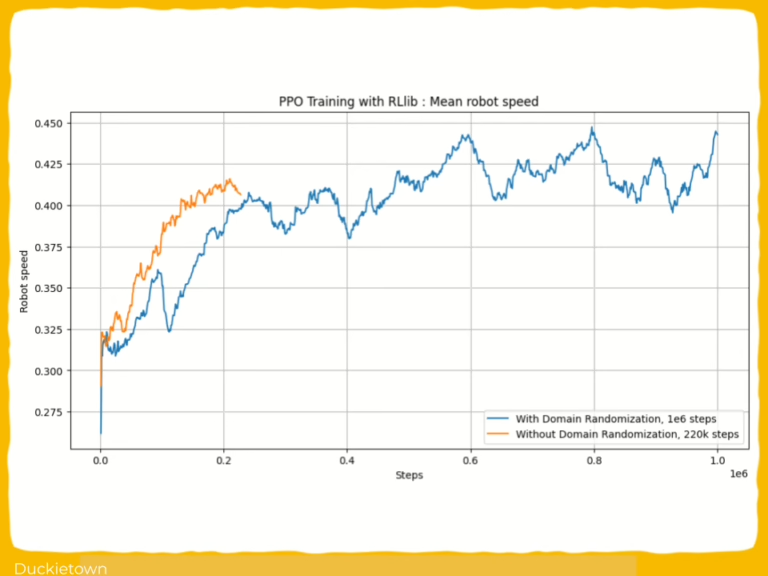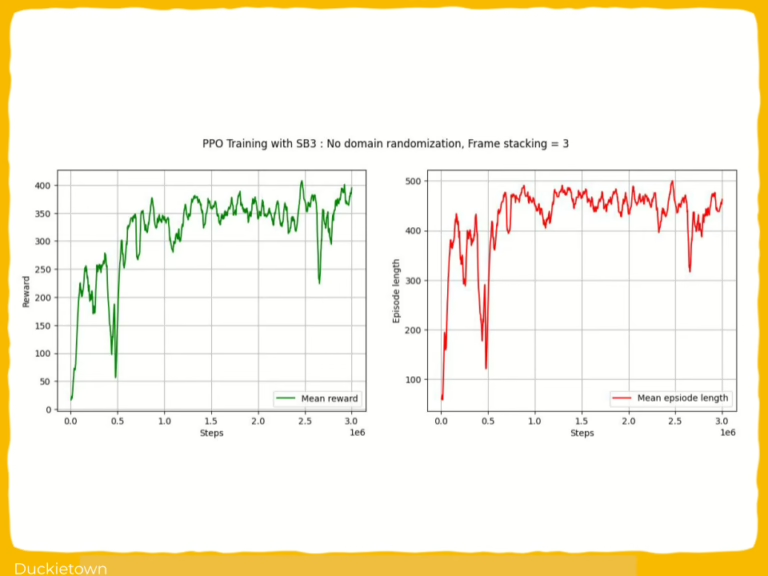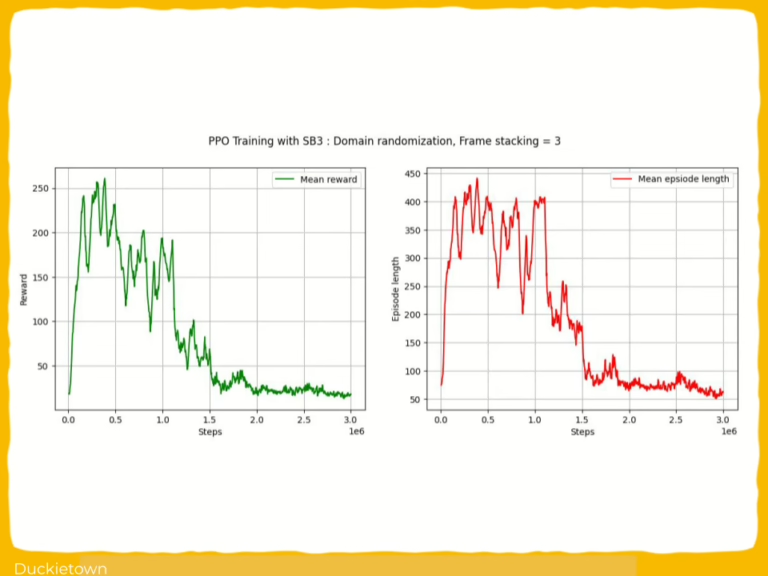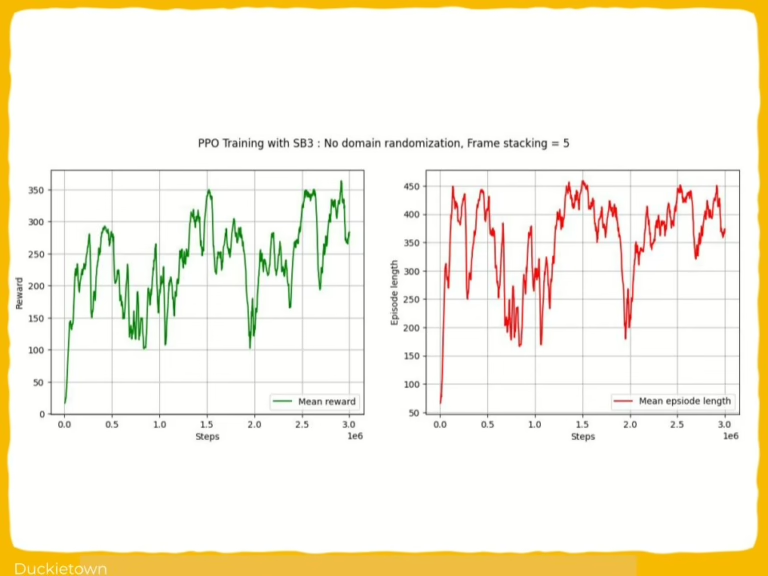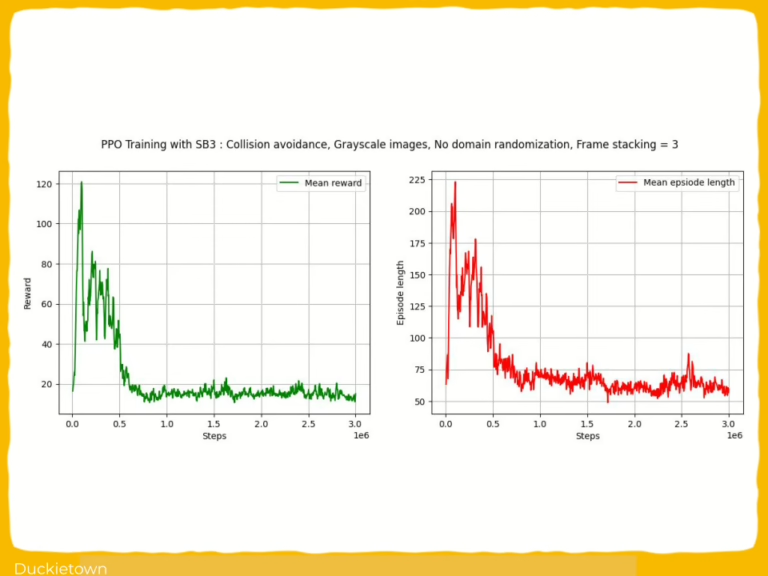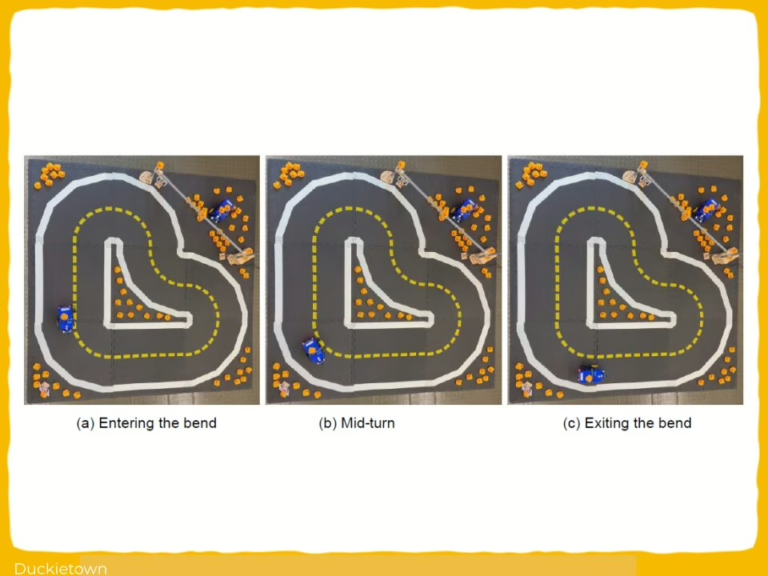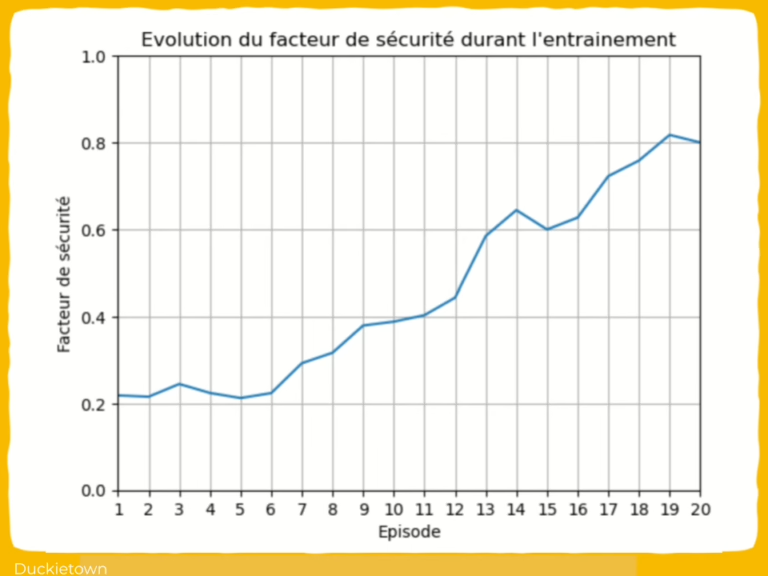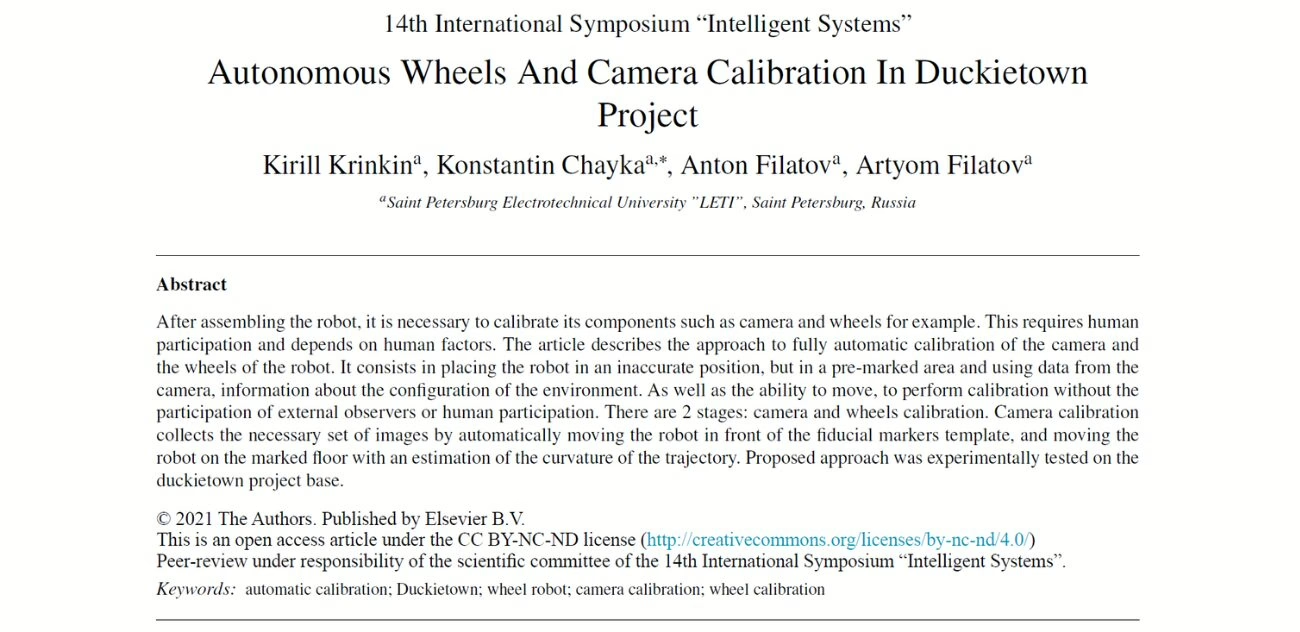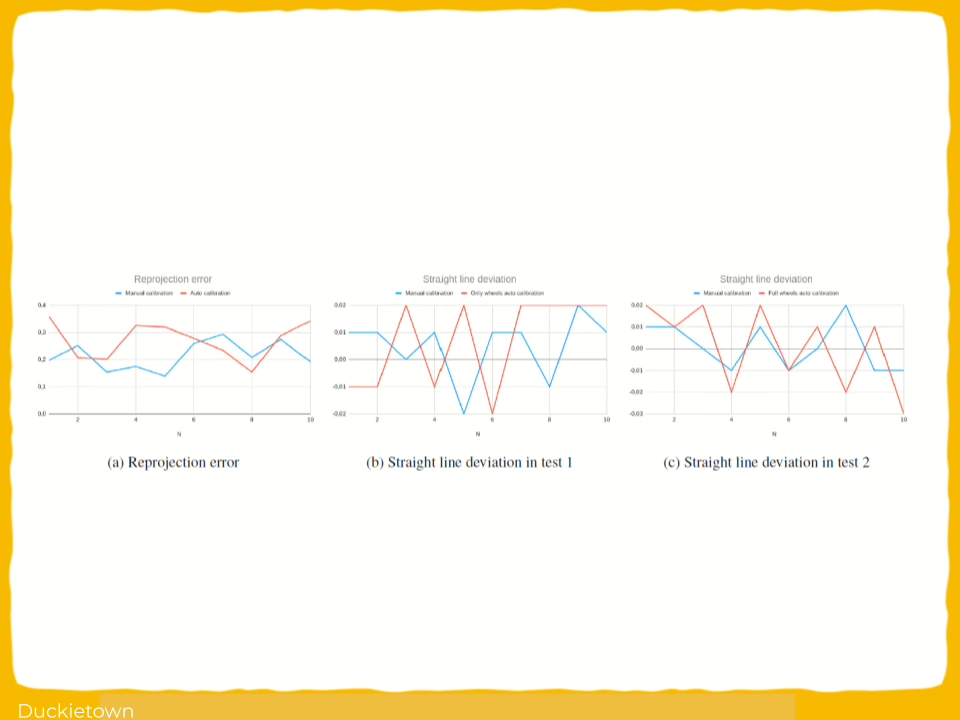General Information
- Title: Visual Monitoring of Swarms of Industrial Robots
- Authors: Anastasia Kravchenko, Alexey Sychev, Vladimir Zyubin
- Institution: Institute of Automation and Electrometry, Russia
- Citation: A. Kravchenko, A. Sychev and V. Zyubin, "Visual Monitoring of Swarms of Industrial Robots," 2023 International Russian Automation Conference (RusAutoCon), Sochi, Russian Federation, 2023, pp. 604-609, doi: 10.1109/RusAutoCon58002.2023.10272883.
Visual monitoring of automated guided vehicles in Duckietown
The increasing use of robotics in industrial automation has led to the need for systems that ensure safety and efficiency in monitoring autonomous guided vehicles (AGVs). This research proposes a visual monitoring system for monitoring the trajectory and behavior of AGVs in industrial environments.
The system utilizes a network of cameras mounted on towers to detect, identify, and track AGVs. The visual data is transmitted to a central server, where the robots’ trajectories are evaluated and compared against predefined ideal paths. The system operates independently of specific hardware or software configurations, offering flexibility in its deployment.
Duckietown was used as the test environment for this system, allowing for controlled experiments with simulated robotic fleets. A prototype of the system demonstrated its capability to track AGVs using Aruco tags and evaluate rectilinear trajectories.
Key aspects and concepts:
- Use of camera towers for visual control of AGVs;
- Transmission of visual data to a central server for trajectory evaluation;
- Compatibility with multiple robot types and operating systems;
- Integration of Aruco tags for robot identification;
- Modular architecture enabling future expansions;
- Testing in Duckietown for controlled evaluation.
This research demonstrates a modular approach to monitoring AGVs using a visual control system tested in the Duckietown platform. Future work will extend the system’s capability to handle more complex trajectories such as turns and arcs, further leveraging Duckietown as a scalable research and testing environment.
Highlights - Visual monitoring of automated guided vehicles in Duckietown
Here is a visual tour of the work of the authors. For all the details, check out the full paper.
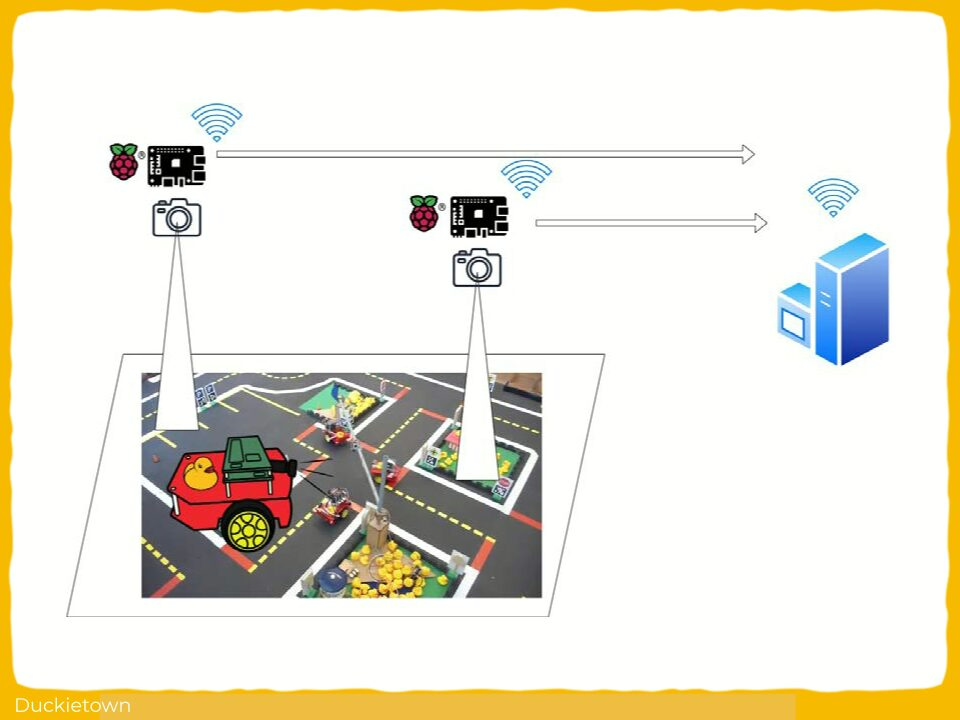
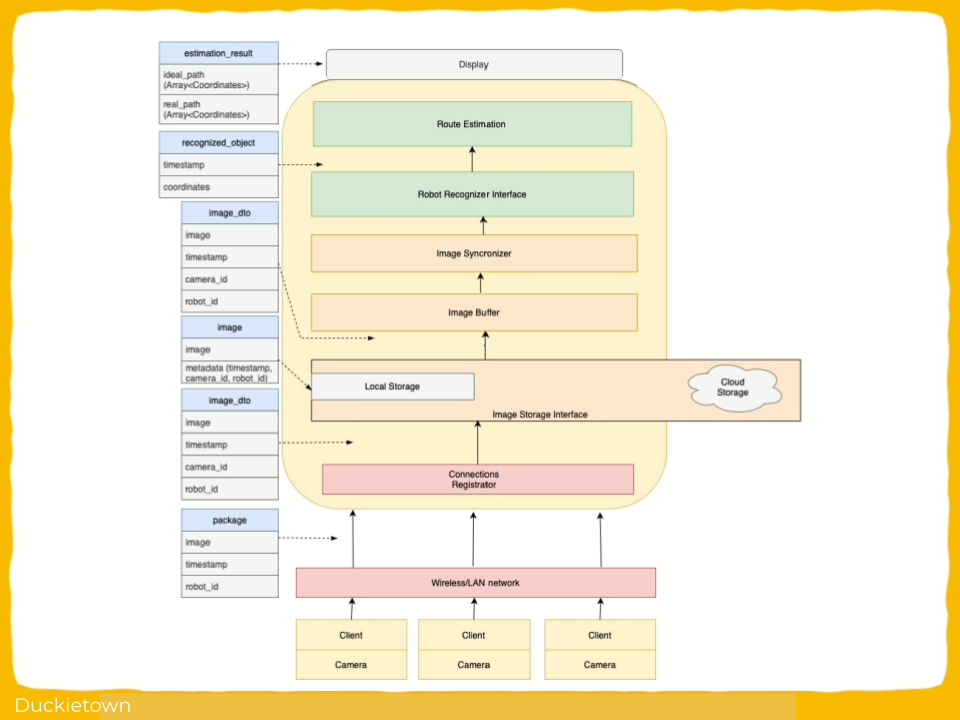
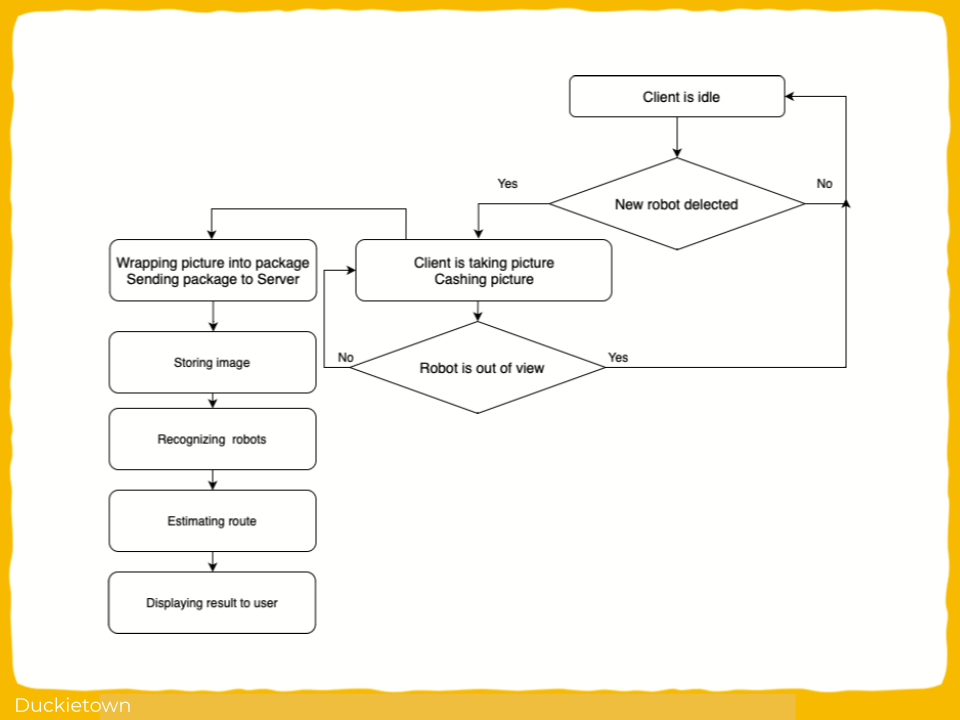
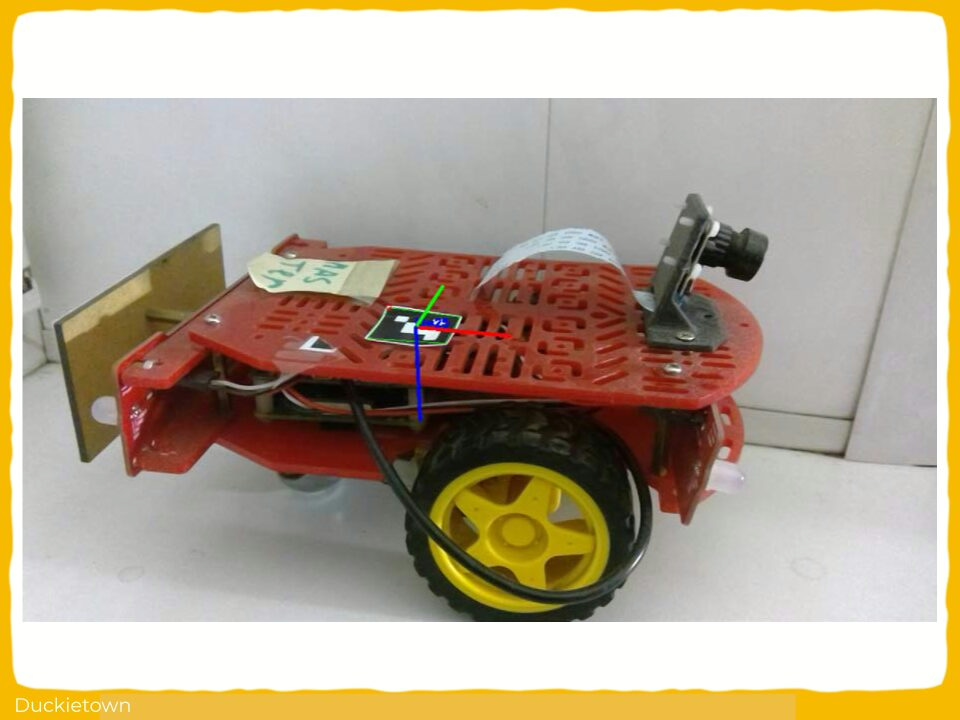

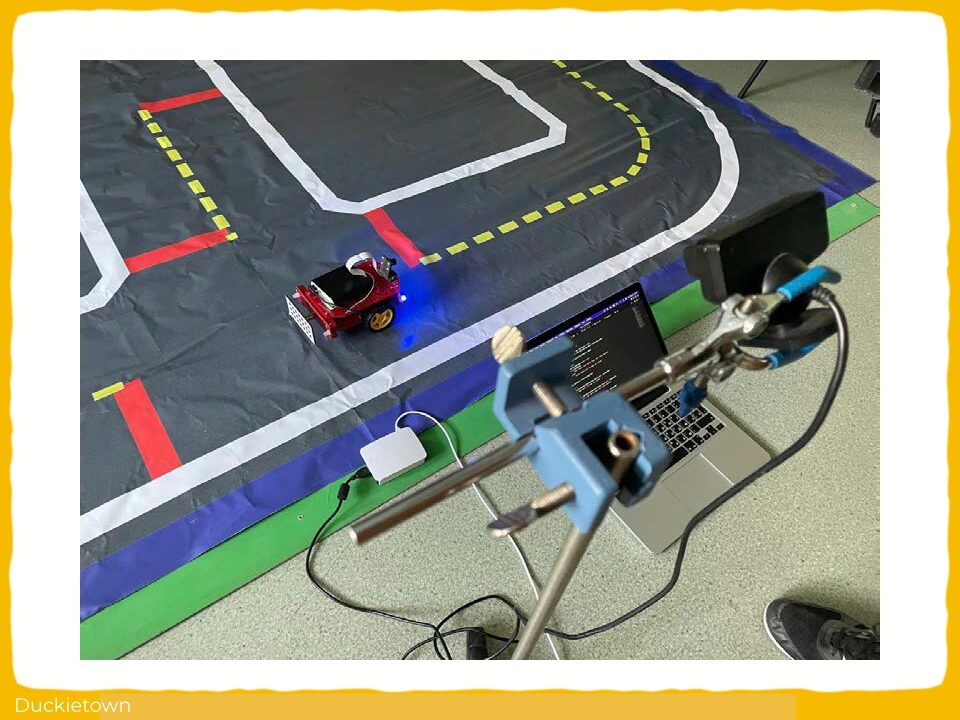
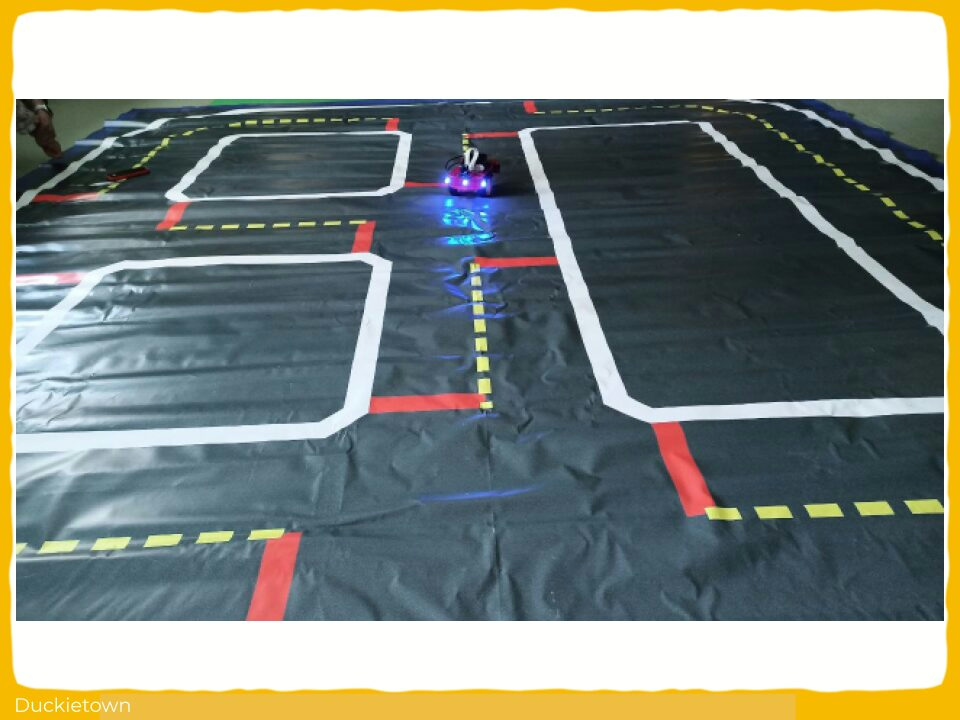
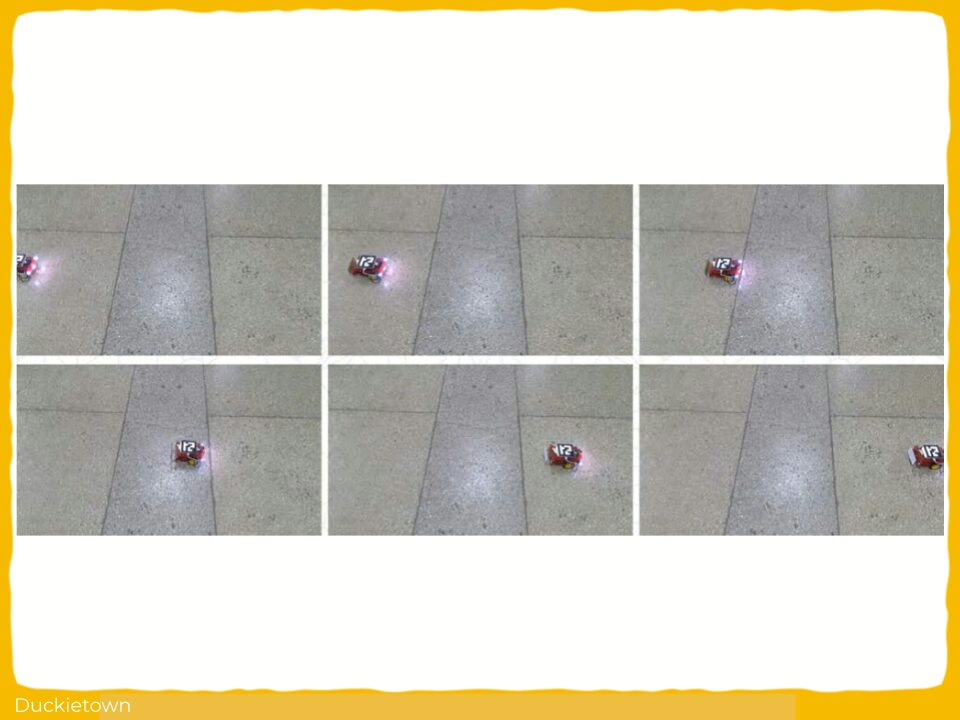
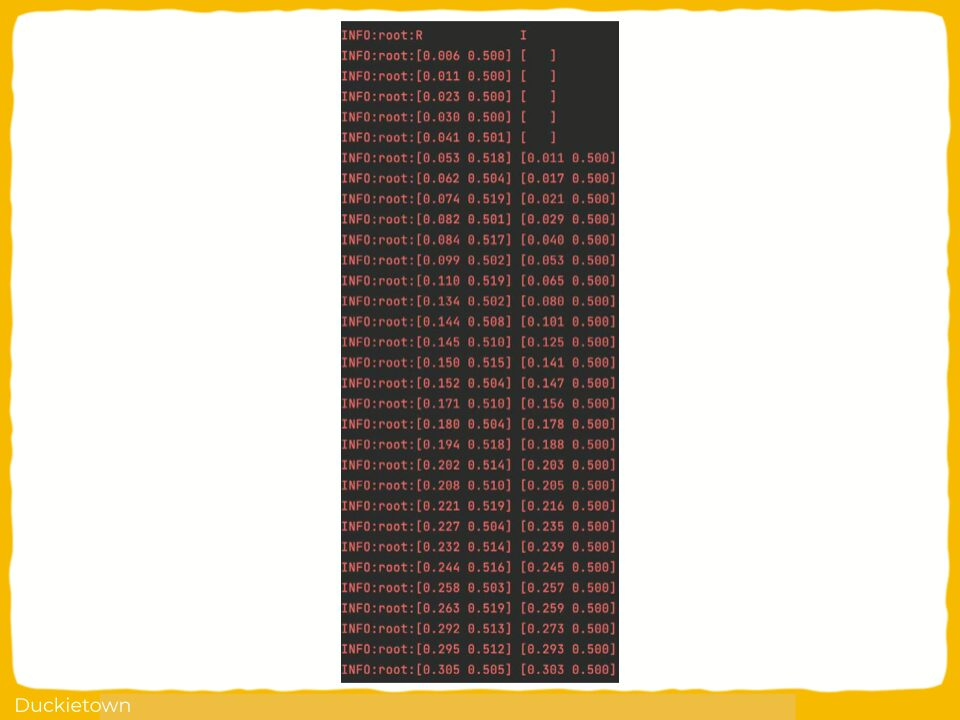
Abstract
In the author’s words:
With the increasing automation of industry and the introduction of robotics in every step of the production chain, the problem of safety has become acute. The article proposes a solution to the problem of safety in production using a visual control system for the fleet of loading automated guided vehicles (AGV). The visual control system is built as towers equipped with cameras. This approach allows to be independent of equipment vendors and allows flexible reconfiguration of the AGV fleet. The cameras detect the appearance of a loading robot, identify it and track its trajectory. Data about the robots’ movements is collected and analyzed on a server. A prototype of the visual control system was tested with the Duckietown project.
Conclusion - Visual monitoring of automated guided vehicles in Duckietown
Here are the conclusions from the author of this paper:
“In the course of this work, a prototype visual evaluation system for Duckietown project was implemented. The system supports flexible seamless integration of third-party detection algorithms and trajectory evaluation algorithms. The visual control system was tested with client imitator module, witch does not require the presence of the real robot on the field. At this stage of the work, the prototype is able to recognize rectilinear trajectory of motion. In the future, we plan to develop evaluation algorithms for other types of trajectories: 90 degree turns, large angle turns, arc movement, etc. Another promising area of research is the integration of the system with cloud-based integrated development environments (IDEs) for industrial control algorithms.”
Project Authors
Anastasia Kravchenko is currently affiliated to Department of Cyber Physical Systems Institute of Automation and Electrometry SB RAS Novosibirsk, Russia.
Alexey Sychev is currently affiliated to Department of Cyber Physical Systems Institute of Automation and Electrometry SB RAS Novosibirsk, Russia.
Vladimir Zyubin is currenly working as an Associate Professor at the Institute of Automation and Electrometry, Russia.
Learn more
Duckietown is a platform for creating and disseminating robotics and AI learning experiences.
It is modular, customizable and state-of-the-art, and designed to teach, learn, and do research. From exploring the fundamentals of computer science and automation to pushing the boundaries of knowledge, Duckietown evolves with the skills of the user.

